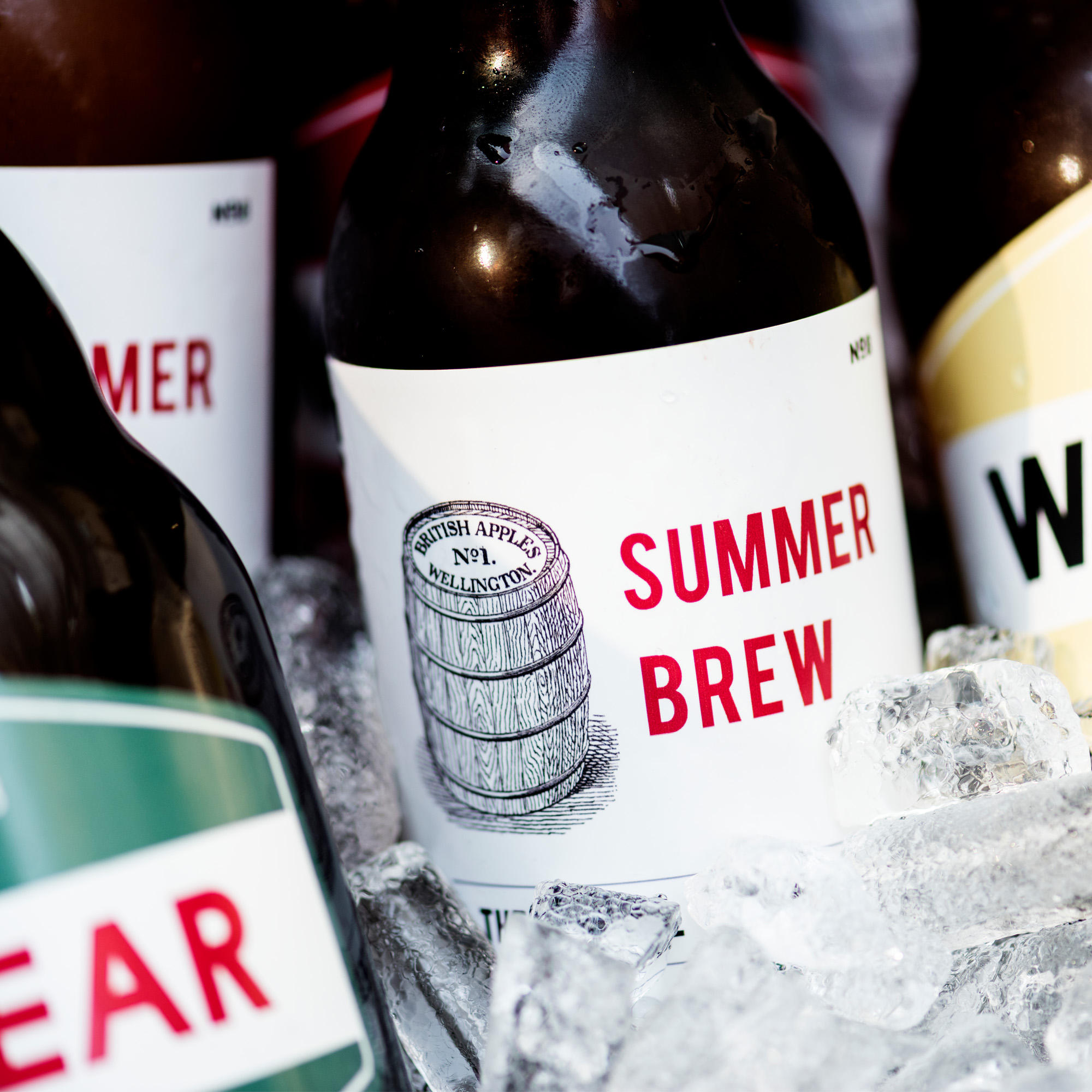When designing your first batch of CBD labels, there’s one fundamental question you’ll first want to ask yourself: What is FDA regulation regarding CBD product labels? When dealing with FDA guidelines, there are specific considerations you’ll want to keep in mind when creating your CBD labels. While these considerations may seem like a lot, all it takes is a little creativity and an understanding of regulations to create a perfect FDA-compliant CBD label design.
CBD products cannot be considered dietary supplements under FDA guidelines, so you must omit this from the CBD packaging for your brand. This regulation applies to all forms of CBD, such as CBD tincture, CBD oil, CBD gummies, and CBD weed. The part of your CBD packaging you’ll want to focus on the most is the information that gives consumers specifics about your products.
To meet FDA regulations, you’ll want to display the name and type on the front of your product and the milligrams or net quantity. On the back or side panels of your CBD label, you should state the quality of your product and any third-party testing to increase its validity. It’s also important to include information for suggested use of your product, such as the recommended amount your customers should take and how many times to take it daily.
Your CBD label should also include nutrition information, ingredients, the manufacturer, and the distributor. Beneath the ingredient listing, you must include a statement from the ingredient listing that your CBD product has not been FDA-approved. FDA approval for CBD products is still ongoing – not disclosing this information to consumers is highly illegal. As with most other drug products, such as over-the-counter medications and supplements, an FDA warning that reads, “Keep out of reach of children,” should be included on your CBD product label. These warnings and any other FDA warnings should be highly visible on your CBD label.
The final detail you’ll need to include on your CBD packaging is the THC content of your product. The FDA states that products that contain no more than .3% THC can be sold as CBD. While CBD is stripped of most THC, a meager amount is inevitably contained within the product. Having this information lets customers know what product they’re purchasing so they can decide whether or not your product is right for them.

